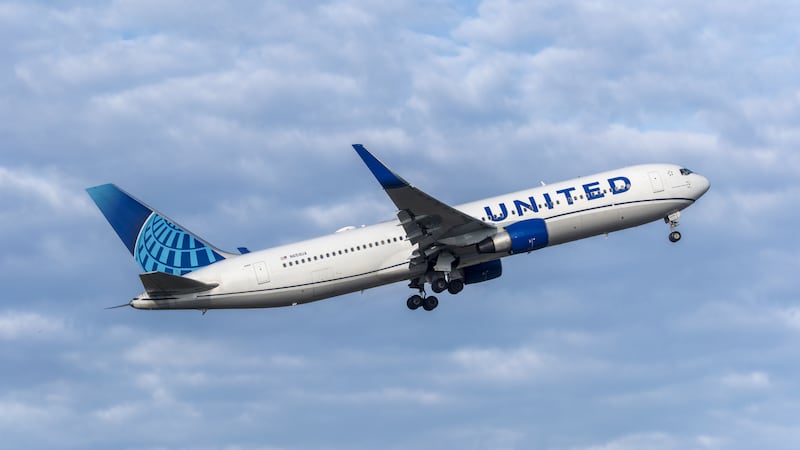The NAACP is urging colleges and universities to make a commitment to maintain and increase diversity. This push is in response to the U.S. Supreme Court banning the use of race as a factor in admissions.
The civil rights organization is calling the effort “Diversity No Matter What” and the pledge is targeted to the more than 1,600 institutions with selective admissions processes.
The pledge outlines various steps schools can take to help maintain inclusive college campuses.
“If you aren’t mindful about your admissions process, then you tend to eliminate some very highly qualified students that may not come to your institutions,” said Dr. Ivory Toldson, Howard University professor and NAACP Director of Education Innovation and Research.
Some of the organization’s suggested steps include developing a holistic approach for evaluating an applicant’s background, achievements, and potential, recruiting diverse faculty and staff members, and supporting low-income and first-generation students on campus.
“You can still follow the law and create some opportunities for the students who need those opportunities the most,” said Dr. Toldson.
A recent Pew Research Center survey shows half of Americans disapprove of affirmative action, while about a third of them support it. It also shows many believe considering race makes college admissions less fair.
“I went through the affirmative action programs, I knew a lot of my compatriots were being set up to fail because they were being put in a place where they did not have the proper background and that is absolutely demoralizing,” said Roger Severino, vice president of Domestic Policy at the Heritage Foundation.
Leaders from the Center Policy Analysis & Research hope schools will continue to use targeted outreach programs for minority students, which is still legal under the new ruling.
“Make sure that they are living up to their own goals and ideals with regards to diversity, to increase the number of students of color and underrepresented students across their campuses, they can go out and find these people, right? The same way that institutions go out and recruit for their division one athletes, or athletic programs and other things that can do the same thing for students,” said Dr. Jonathan Cox, vice president of the Center Policy Analysis & Research.
Moving forward, Dr. Cox said there should be efforts to eliminate legacy preferences within admissions too.
“Knowing historically that students of color have not been admitted to these institutions at the same numbers as their white peers, that’s going to continue to add to the imbalance as well,” said Dr. Cox.
The NAACP is also expecting an increase in enrollment at Historically Black Colleges and Universities (HBCUs) following this
“We need to increase the capacity of HBCUs. I think that we should have an HBCU that can accommodate 20,000 students right now, but we don’t, but that’s where we are in our history,” said Dr. Toldson.
California is a good example of what could happen nationwide without affirmative action. It was the first state to ban the policy back in 1996. University data shows enrollment for Black and Latino students dropped sharply during the first year without affirmative action at schools with highly selective programs.
The Center Policy Analysis & Research is also hosting a webnair about the impact of the court’s ruling on Black students on Thursday, July 6 at 6:30pm.
©2023 Cox Media Group








